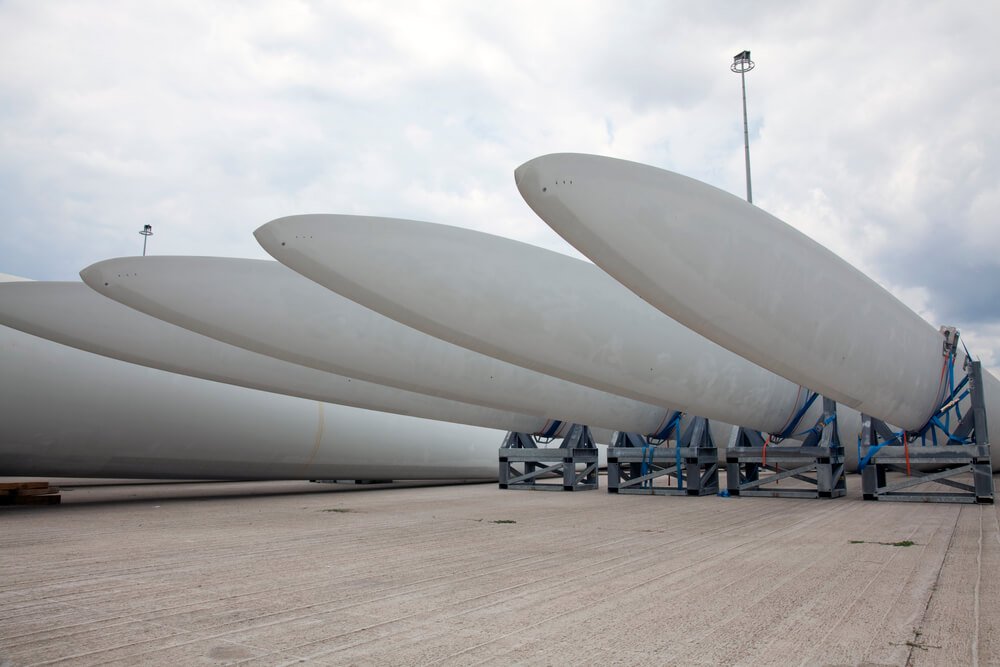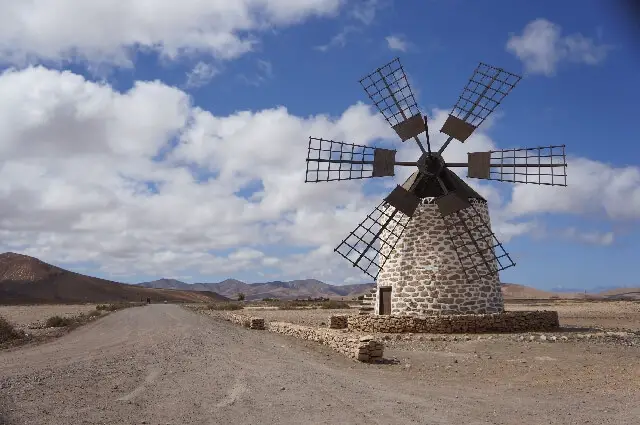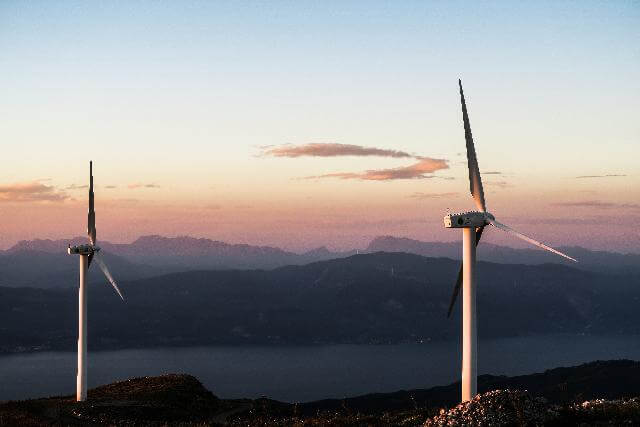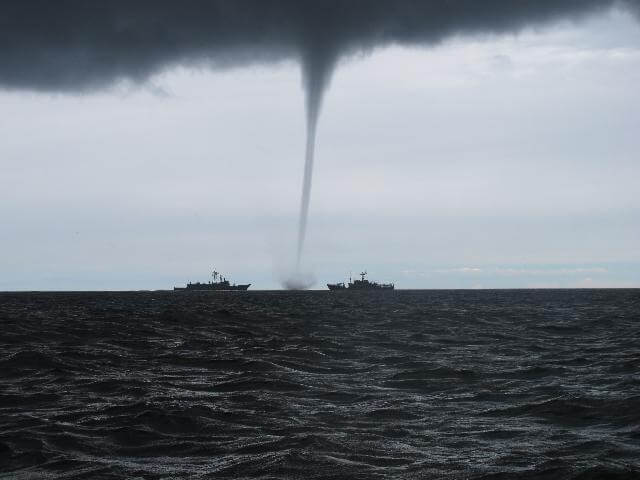Reason Wind Turbine Blades Are Thin and Narrow
Wind turbine blades are thin because they are pushed by air that moves across them.
This is generated by the aerodynamic lift generated. This causes the wind to turn on the wind turbine shaft. A wind turbine generates about 59.3% wind energy.
The blades are thin because they work more efficiently this way.
Wind Turbines And How They Work
Wind turbines are used to channel the power of the wind for electricity.
They can be used to power homes, businesses, or farms.
They might be part of a wind farm or alone powering one business. They are like a windmill and come in small and large sizes.
The spinning blades create kinetic energy connected to a box with a generator that converts the energy to electricity.
Wind Farms
Wind farms are areas of land that have several wind turbines spread out on several acres of land.
They can be used for farming and some are located near water.
The energy from the wind is free and renewable.
Wind farms do not create pollution. Some are used to grind grain or pump water on farms.
Wind farms must be located in windy areas, flat areas of land, or on the water, called offshore wind farms.
Wind Generated Electricity Where It Goes
The electricity is passed through a transformer that is usually connected to the grid.
The electricity is used to power homes or businesses. A single wind turbine might power a home or farm after the electricity passes through the grid.
The electricity is directed for use in communities, companies, and farms.
Wind Turbine Facts
– The industry employs over 120,000 workers in 50 states and has many jobs in over 500 companies. A wind turbine technician is a fast-growing occupation in the United States.
– Wind turbines are good for the environment and produce no CO2 emissions.
– This industry employs veterans above the national average at a rate of 67%.
Speed of Wind Needed To Turn Wind Turbines
A wind turbine will start to turn when the wind is moving at six to nine miles per hour.
When the wind blows too hard, they shut down. Winds over 55 miles per hour are too high.
They produce electricity 90% of the time when winds blow six miles per hour and higher. The higher the wind speed, the more electricity is produced.
Horizontal Axis Wind Turbines
This is the most common type with a shaft, generator, and blade.
The thin blade faces the wind and the shaft is hit by the wind, causing it to rotate. A gear connected to the shaft turns on the generator that makes electricity.
A wind vane reads the speed and direction of the wind and keeps the blades facing the wind. The blades are shaped like airplane propellers and the wind turbines are self-starting.
Vertical Axis Wind Turbines
These wind turbines have a shaft and blade connected to the ground and they have two types.
They are lift-based and drag-based and the lift types are considered more efficient. When you see them, they resemble an egg beater.
These wind turbines are easy to maintain and lowcost to build.
They can be used on hills and ridgelines. These wind turbines require energy to run.
Offshore Wind Power
Wind turbines are used to generate electricity in coastal areas near the water.
Offshore winds generate large amounts of electricity. The US wind sources will supply large amounts of power at affordable prices.
By 2050, the United States may install over 86,000 offshore wind turbines. They may be used to harness oil and gas energy.
Colors of Wind Turbines
Wind turbines are usually white and gray, dull colors that are made to blend into the environment.
They want them to blend into the environment naturally and not be an eyesore.
Some consumers have discussed making them green or other environmentally known colors.
Blades and The Energy Of Wind Turbines
The longer the blades, the more energy they generate from the wind. A typical size is 85 meters or 280 feet off the ground. When the blades are high in the air they can capture more wind power. Once built, they create limitless energy over a long period of time. They are made of metal and concrete. One can produce enough electricity to run two electric toasters. Large offshore wind turbines generate about 13 megawatts of power that can power 6,500 homes.
What Countries Use Wind Energy?
Many countries around the world use wind turbines for electric energy.
These countries are the United States, Denmark, Sweden, Germany, Ireland, Portugal, Spain, Uruguay, Canada, Austria, Netherlands, UK, Belgium, Austria, France, Romania, Australia, Poland, China, India, Italy, and New Zealand.
Energy For the Future
In many areas or countries, wind turbines and farms will be used to generate electrical power for homes and industry. Offshore wind farms will generate power for those that live near coastal areas.





